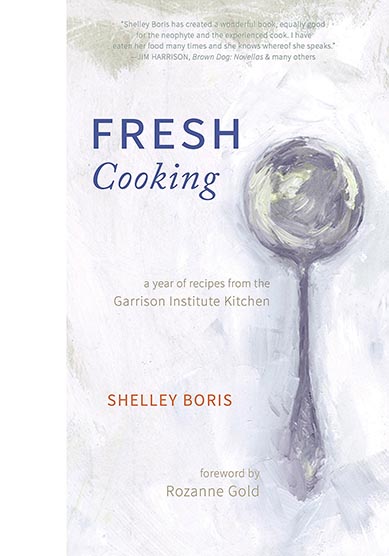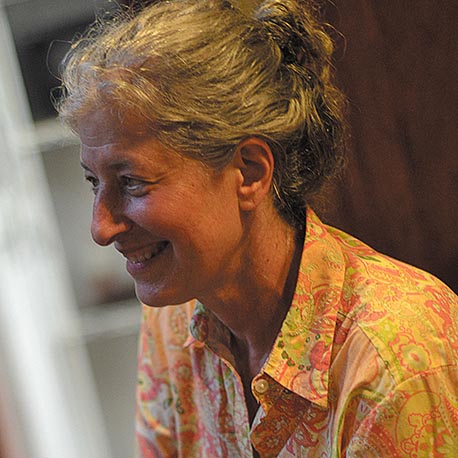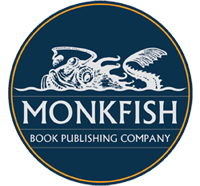

About The Author
Shelley Boris began her career in food at New York’s renowned gourmet food market, Dean & Deluca. She went on to become the chef at Exile, then at Peter Dent Catering, both in Tribeca. She opened the first Dean & DeLuca Espresso Bar at the Paramount Hotel in Midtown, then began working as a private caterer. She has published recipes in various journals and books, including the The New York Times and Food & Wine, Recipes From America’s Small Farms, and co-wrote The International Mail Order Gourmet food guide. Shelley is the executive chef at the Garrison Institute in New York’s Hudson River Valley. Since forming Fresh Company catering, where she is partner, creative director, and executive chef, Shelley has cooked for such personalities as the Dalai Lama and Mikhail Gorbachev. She is a founding member of the Cold Spring Farmer’s Market and works in the Hudson Valley region to promote local foodmakers and farmers. She lives in Garrison, New York with her husband and two sons.
Learn More About Shelly
www.freshcompany.net
Media
Shelly talks with Kitchen Chat
Interview with Dr. Alvin
"Dot Earth" New York Times
Feature in Cookbook 365
Kid Chef Eliana Interviews Shelley
Interview with the Journal Sentinal
Feature in Salad For President
Fresh Cooking
A Year of Recipes from the Garrison Institute Kitchen
Shelly Boris
Fresh Cooking: A Year of Recipes from the Garrison Institute Kitchen (Monkfish Book Publishing, June 2014) inspires new and experienced cooks alike. Two hundred sixty pages and full color throughout, this is a cookbook with range and flexibility that addresses seasonality, budget, and diverse diets and tastes. The recipes, a personal repertoire, are adaptable throughout the year and are for vegetarians and meat eaters alike. Built around meals Shelley Boris created for the Garrison Institute, a retreat center in New York's Hudson Valley, it contains thirty-six menus, with four to five delicious recipes in each, organized by month for an entire year. Caroline Kasterine's beautiful photographs complement the recipes.
From the beginning of her career in the heyday of New York City's culinary scene with Dean & Deluca, Shelley Boris has maintained a love of fine, fresh ingredients and an intuitive grasp of their possibilities. This book draws on her passion and experience to create delectable meals on a budget without compromising flavor or diversity.


